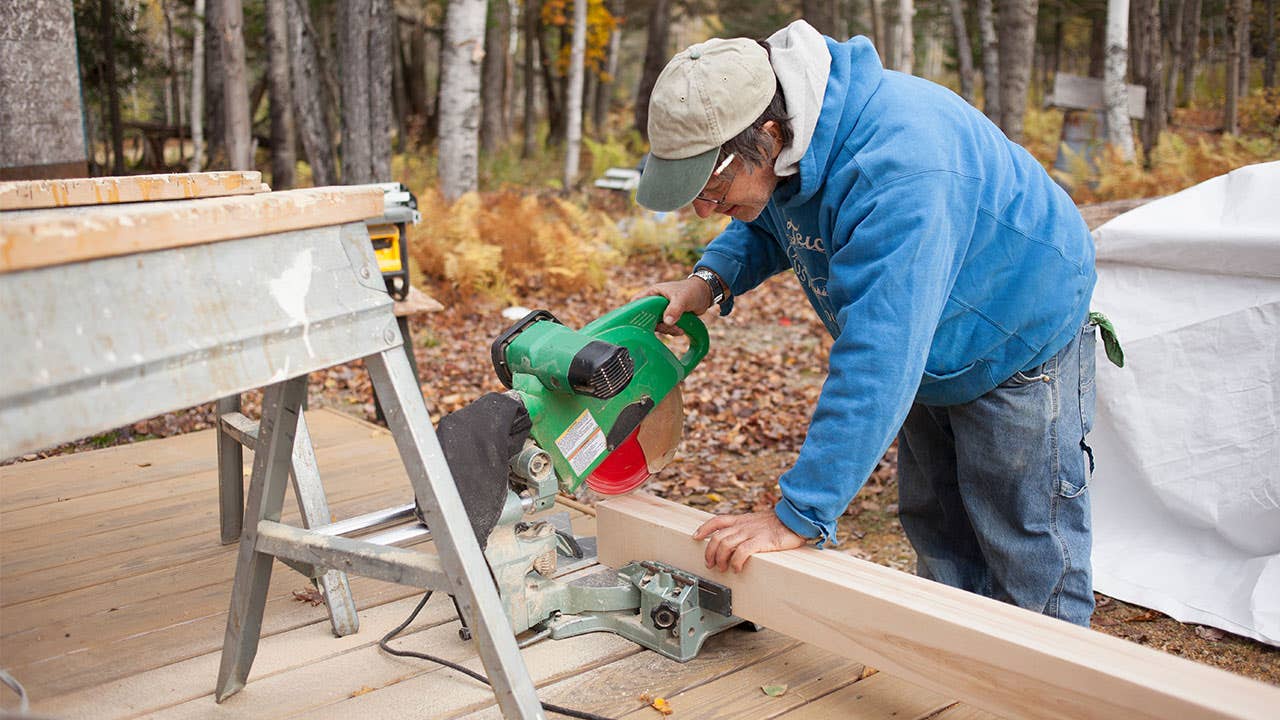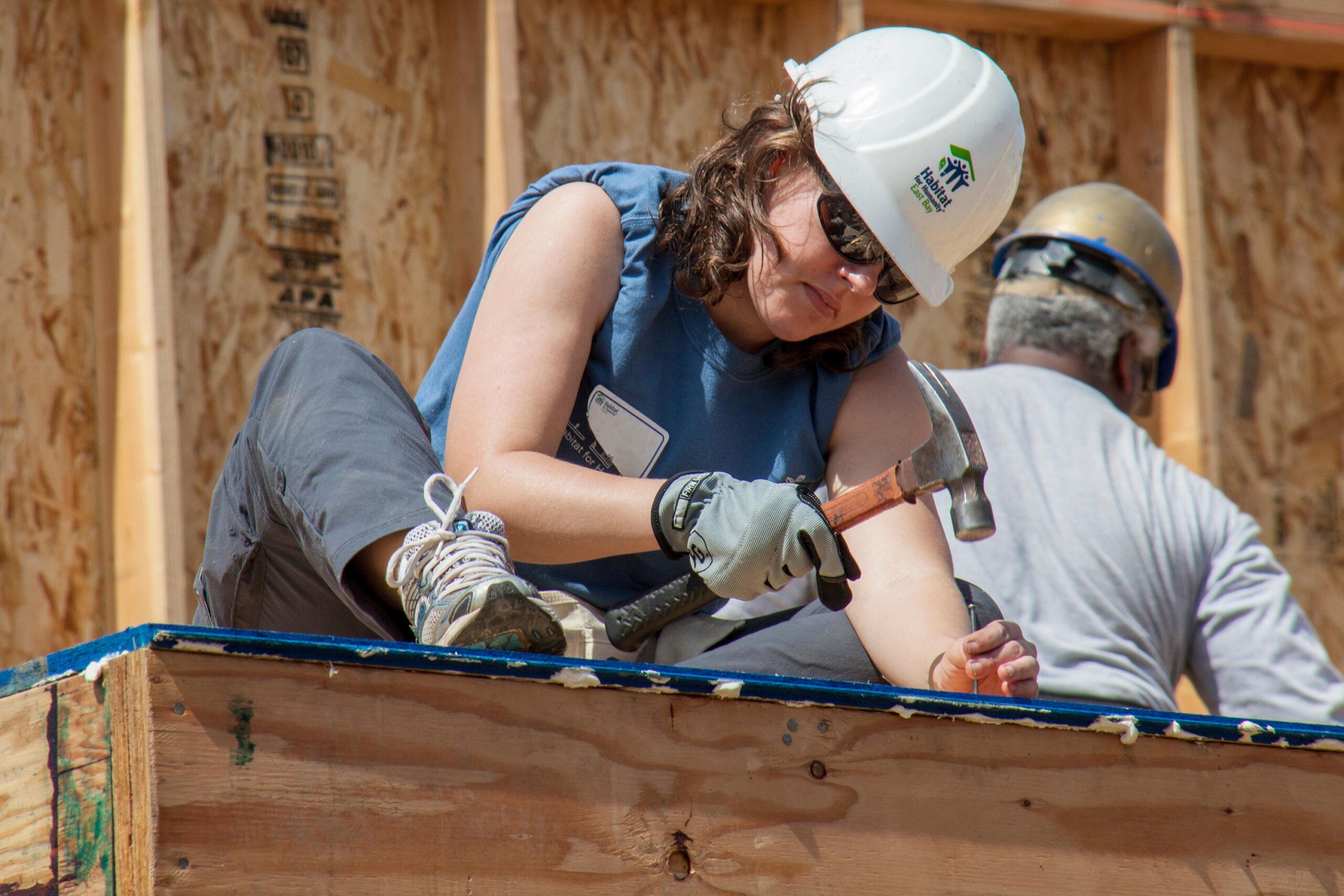As seniors age, maintaining a safe and comfortable home becomes increasingly challenging. Many face financial constraints or physical limitations that make home repairs, such as fixing a leaky roof or updating outdated plumbing, feel out of reach. Home Repair Grants for Seniors offer a lifeline, providing non-repayable funds to address critical repairs and accessibility needs. These grants empower seniors to stay in their homes safely, preserving independence and dignity. This article serves as a comprehensive guide to accessing Free Home Repairs for Senior Citizens, including programs like those offering How to Get a New Roof for Free. For those considering relocation, exploring Affordable Homes Nearby designed for seniors may also be an option.
Imagine a 75-year-old widow, living on a fixed income, staring at a water-stained ceiling after every rain. The cost of a new roof seems insurmountable. Fortunately, grants exist to alleviate such burdens, and this article will walk seniors through the process of finding and applying for them.
Understanding Home Repair Grants for Seniors
Home Repair Grants for Seniors are funds provided by government agencies or non-profit organizations to cover essential home repairs without requiring repayment, unlike loans. These grants are vital for seniors who often live on fixed incomes and struggle to afford repairs like roof replacements, plumbing fixes, electrical upgrades, or accessibility modifications such as ramps or grab bars. By addressing these issues, grants enhance home safety, prevent costly damage, and allow seniors to remain independent in their homes longer.
The benefits are significant. Financially, grants relieve the burden of repair costs, which can be thousands of dollars for projects like a new roof. Safety improvements reduce risks of falls or electrical hazards, critical for aging adults. Additionally, accessibility upgrades support mobility, enabling seniors to navigate their homes comfortably. Programs like the USDA’s Section 504 Home Repair Program and non-profits such as Rebuilding Together are common sources. For those wondering, “How do I Get a Home Repair Grant?” understanding the types of repairs covered and available programs is the first step. Grants focus on essential fixes, ensuring seniors’ homes remain livable and secure, though some may also consider Affordable Homes Nearby if repairs are not feasible.
Read more: Navigating the World of Medical Equipment and Consumables: A Comprehensive Guide
Eligibility Criteria for Home Repair Grants
To qualify for Home Repair Grants for Seniors, applicants must meet specific criteria, which vary by program but generally include the following. Most grants target seniors aged 62 or older, though some may accept younger applicants with disabilities. Income thresholds are critical, as programs prioritize low-income households, often defined as earning below 50-80% of the area’s median income. Homeownership is typically required, meaning seniors must own and reside in the home needing repairs. Renters are rarely eligible unless the landlord applies on their behalf.

Location also matters. Federal programs like the USDA’s Rural Repair Grants focus on rural areas, while HUD’s Older Adult Home Modification Program serves urban and suburban seniors. State and local initiatives, such as city-specific repair programs, often have additional requirements tied to residency. For example, a senior seeking Free Home Repairs for Senior Citizens must provide proof of income (e.g., tax returns), homeownership (e.g., property deeds), and repair needs (e.g., contractor estimates). Checking eligibility with local Area Agencies on Aging can simplify the process, ensuring seniors access the right programs for their needs.
Read more: Why Luxury Swim Spas Are Worth It: Reviews from Seniors and Experts
Types of Home Repair Grants Available
Seniors have access to a variety of Home Repair Grants for Seniors through federal, state, local, and non-profit programs, each tailored to specific needs like roof repairs or accessibility upgrades. Here are the main options:
Federal Programs
- USDA Section 504 Home Repair Program: Offers grants up to $10,000 for seniors aged 62+ in rural areas to address health and safety issues, such as replacing a damaged roof or fixing faulty wiring. Eligible seniors must have low incomes and be unable to afford loans.
- HUD Community Development Block Grants (CDBG): These funds, allocated to local governments, support low-income seniors with repairs like plumbing or heating system upgrades. Availability depends on local priorities.
State and Local Programs
Many states and cities offer targeted initiatives. For example, Chicago’s Roof and Porch Repair Program provides Free Home Repairs for Senior Citizens, focusing on critical exterior repairs for low-income homeowners. Similar programs exist in cities like Philadelphia and Los Angeles, often funded through state housing departments or local taxes. Seniors should check with their city’s housing authority for details.
Non-Profit Organizations
- Rebuilding Together: This national non-profit offers free repairs, including roof replacements and accessibility modifications, for low-income seniors. Volunteers often perform the work, reducing costs.
- Habitat for Humanity: Known for homebuilding, Habitat also runs repair programs, such as roof replacements, for seniors in need. Their How to Get a New Roof for Free initiatives are popular in many communities.
These programs prioritize essential repairs to ensure safety and livability. Seniors unable to qualify might explore Affordable Homes Nearby, such as senior living communities, as an alternative to costly home maintenance. Contacting local agencies or non-profits can help identify the best options based on location and repair needs.
Step-by-Step Guide to Applying for Grants
Applying for Home Repair Grants for Seniors can seem daunting, but following a clear process makes it manageable. Here’s a step-by-step guide to help seniors secure funding, including for projects like How to Get a New Roof for Free:
- Research Available Programs: Start by exploring federal (e.g., USDA Section 504), state, local, and non-profit (e.g., Rebuilding Together) programs. Websites like HUD.gov or local Area Agencies on Aging list options.
- Verify Eligibility: Confirm you meet age (typically 62+), income (low-income thresholds), and homeownership requirements. Check program-specific criteria, such as rural residency for USDA grants.

- Gather Documentation: Collect necessary paperwork, including proof of income (tax returns, Social Security statements), homeownership (property deeds), and repair estimates from licensed contractors. Some programs require photos of the damage.
- Submit Applications: Apply through the program’s preferred method—online portals (e.g., HUD’s website), mail, or in-person at local housing offices. Ensure all forms are complete to avoid delays.
- Follow Up: Track application status by contacting the agency. Approval can take weeks or months, so patience is key. Ask about timelines and next steps.
For assistance, seniors can reach out to local Area Agencies on Aging or non-profits, which often provide free application support. Those wondering “How do I Get a Home Repair Grant?” should start early and apply to multiple programs to increase chances of success. Persistence and thorough documentation are critical to navigating the process effectively.
Challenges and Solutions in Accessing Grants
Securing Home Repair Grants for Seniors can involve obstacles, but solutions exist to overcome them. Common challenges include limited funding, complex application processes, and long wait times. Many programs, like HUD’s CDBG, have capped budgets, meaning funds may run out before all applicants are served. Applications often require detailed documentation, which can overwhelm seniors unfamiliar with bureaucracy. Additionally, approval processes can take months, delaying urgent repairs like a leaking roof.
To address these, seniors can seek assistance from non-profits like Rebuilding Together, which offer application support and guidance. Applying early in the funding cycle—often at the start of the fiscal year—helps avoid shortages. Exploring multiple programs simultaneously, such as USDA grants and local initiatives, increases the likelihood of success. For complex applications, local Area Agencies on Aging or community centers can provide hands-on help, ensuring paperwork is complete and accurate. For urgent needs, temporary solutions like volunteer repair programs can bridge the gap while awaiting grant approval. By proactively addressing these challenges, seniors can access Free Home Repairs for Senior Citizens and maintain safe, comfortable homes.
Alternatives to Grants
For seniors ineligible for Home Repair Grants for Seniors, alternative options can address home repair needs. Low-interest loans, such as FHA Title I Home Improvement Loans, offer affordable financing for repairs like roof replacements or plumbing fixes, with flexible repayment terms for low-income borrowers.

Volunteer programs, including local churches or community groups, often provide free or low-cost labor for minor repairs. Energy efficiency programs, like those from utility companies, fund upgrades such as insulation or HVAC repairs, reducing long-term costs. For seniors facing extensive home maintenance challenges, relocating to Affordable Homes Nearby, such as senior living communities or subsidized housing, may be a practical solution. These alternatives ensure seniors can maintain safe living environments, even if grants are out of reach. Exploring local resources and housing authorities can uncover additional support tailored to individual needs.
Conclusion
Home Repair Grants for Seniors provide essential support, enabling older adults to live safely and independently in their homes. Programs like the USDA Section 504 and non-profits like Rebuilding Together offer Free Home Repairs for Senior Citizens, covering critical fixes such as How to Get a New Roof for Free. By understanding eligibility, exploring available programs, and following the application process, seniors can access these valuable resources. Challenges like limited funding can be overcome with early applications and support from local agencies. For those ineligible, alternatives like low-interest loans or Affordable Homes Nearby offer viable options. Start researching today—contact your local Area Agency on Aging or visit HUD.gov to explore programs. With the right resources, seniors can maintain their homes and enjoy peace of mind in their golden years.


.png)



.jpg)
.jpg)







